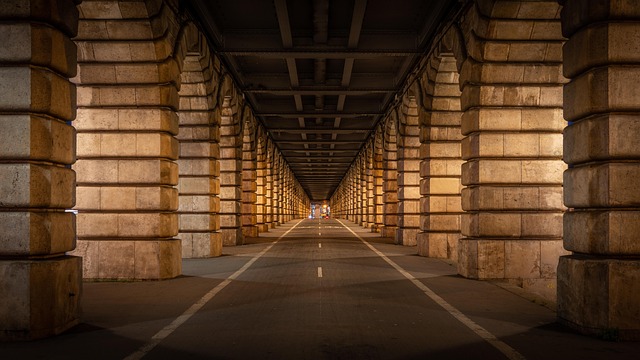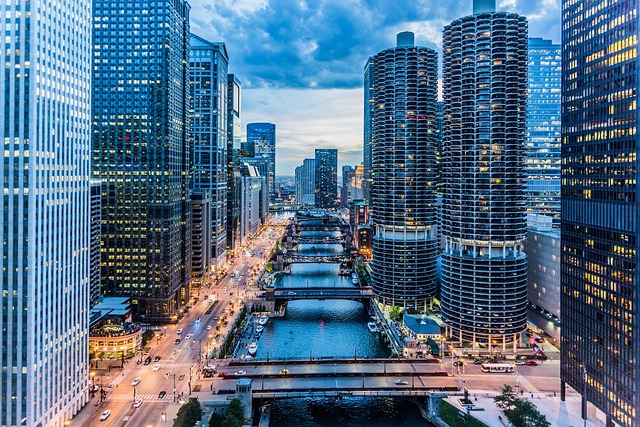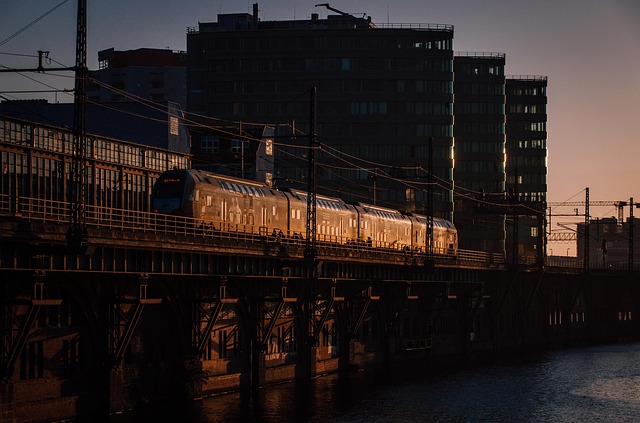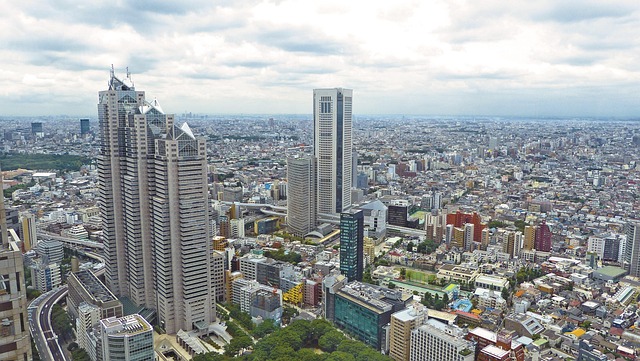Karachi's Saddar Town thrives on reliable gas availability thanks to a complex distribution network. The city's strategic coastal location has facilitated the transition from coal and wood to cleaner fuels, enhancing environmental sustainability. Despite aging infrastructure causing disruptions, Karachi is modernizing its gas system through pipe replacements, diversified sources like LNG imports, and exploration for natural gas. Smart grids and digitalization are being adopted to ensure efficient gas access for residents and businesses while reducing the city's carbon footprint.
In the heart of Karachi, Saddar Town has long been a bustling commercial hub. Understanding its gas availability is crucial for assessing the neighborhood’s vibrancy and economic prospects. This article delves into the historical perspective of Karachi’s gas infrastructure development, explores current challenges and solutions for reliable gas supply, and examines the future of gas distribution in Saddar Town, offering insights into the city’s ongoing transformation.
- Understanding Gas Availability in Saddar Town, Karachi
- Historical Perspective: Karachi's Gas Infrastructure Development
- Challenges and Solutions for Reliable Gas Supply
- The Future of Gas Distribution in Karachi's Saddar Town
Understanding Gas Availability in Saddar Town, Karachi

In Saddar Town, Karachi, understanding gas availability is paramount for residents and businesses alike. The city’s gas infrastructure plays a vital role in ensuring energy security and facilitating daily life. Gas supply in Karachi, including Saddar Town, is managed by various distribution companies under the oversight of the government. This complex network ensures that natural gas, liquefied petroleum gas (LPG), and other gas products reach households and industries efficiently.
Saddar Town’s strategic location within Karachi makes it a hub for commercial activities, and as such, gas availability here is designed to meet both residential and commercial demands. The area benefits from an extensive pipeline network that delivers gas directly to buildings, reducing the reliance on alternative energy sources. This streamlined distribution system not only enhances convenience but also contributes to environmental sustainability by promoting cleaner burning fuels.
Historical Perspective: Karachi's Gas Infrastructure Development

Karachi, Pakistan’s economic heartbeat, has witnessed a significant evolution in its gas infrastructure over the years, reflecting the city’s growth and changing energy demands. Historically, Karachi’s gas network began with the introduction of natural gas for domestic and commercial use in the mid-20th century. This marked a pivotal shift from traditional fuel sources like coal and wood, laying the foundation for a more efficient and sustainable energy system. The city’s strategic location along the Arabian Sea facilitated the import of liquefied natural gas (LNG), further diversifying Karachi’s energy mix.
As the metropolis expanded, so did its gas distribution network. The development of industrial zones and a surge in population prompted the expansion of pipe networks and the establishment of modern gas processing plants. Over time, Karachi has become a hub for gas-based industries, attracting investments and fostering economic growth. This historical perspective highlights how Karachi’s gas availability has been instrumental in shaping its urban landscape, driving industrialization, and contributing to the overall prosperity of the city.
Challenges and Solutions for Reliable Gas Supply

In Karachi, ensuring reliable gas supply is a complex task due to several interconnected challenges. One major hurdle is the aging infrastructure, which often leads to leaks and disruptions. Additionally, the ever-growing demand from an expanding population exacerbates the issue, straining existing resources. To address these problems, proactive measures are essential.
One solution lies in continuous infrastructure development and modernization. The city needs an extensive overhaul to replace outdated pipes and installations with more efficient, leak-proof systems. Moreover, diversifying gas sources can enhance stability. This includes encouraging natural gas exploration and tapping into alternative energy resources like biogas or renewable options, all of which contribute to a more sustainable and reliable gas supply for Karachi’s Saddar Town and beyond.
The Future of Gas Distribution in Karachi's Saddar Town

In the vibrant and bustling metropolis of Karachi, Saddar Town has long been a hub of economic activity. However, the future of gas distribution in this dynamic neighborhood is set to undergo significant transformations. With the city’s rapid growth and evolving energy demands, there’s a pressing need for innovative solutions to ensure reliable and efficient gas availability. The focus is shifting towards modern infrastructure and sustainable practices to cater to the energy needs of Saddar Town’s residents and businesses alike.
Karachi’s future gas distribution network aims to be more accessible, eco-friendly, and resilient. Smart grid technologies and digitalization are at the forefront of these efforts, promising improved monitoring and control over gas supply. This not only enhances safety but also enables better management of peak demand periods, ensuring a stable energy supply throughout the year. In terms of sustainability, there’s a growing trend towards utilizing alternative gas sources like liquefied petroleum gas (LPG) and renewable energy-based solutions, reducing the town’s carbon footprint and contributing to a greener Karachi.
In conclusion, addressing gas availability challenges in Saddar Town, Karachi, requires a comprehensive understanding of historical infrastructure developments and current obstacles. By implementing innovative solutions and adopting future-forward strategies, Karachi can ensure reliable gas supply for its bustling metropolis. This not only promises a brighter energy landscape but also fosters economic growth and enhances the quality of life for its folks.

Leave a Reply